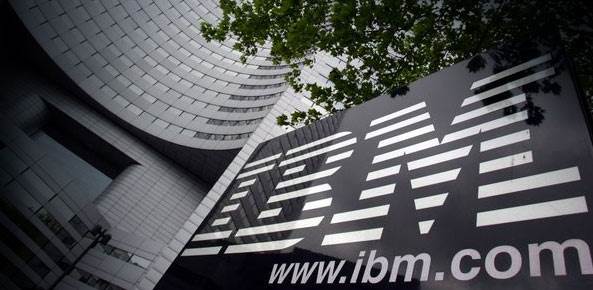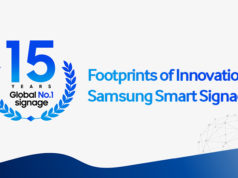
New diagnostics for brain disorders based on speech pattern analysis, imaging devices that will let us see the whole electromagnetic spectrum and entire medical labs each built onto a single computer chip are just a few of the advances we can expect to see in the next five years, according to IBM.
Yesterday, Big Blue released its “IBM 5 in 5,” an annual list of innovations that the company predicted will have major impacts on the way we live over the next five years.
“With advances in artificial intelligence and nanotechnology, we aim to invent a new generation of scientific instruments that will make the complex invisible systems in our world today visible over the next five years,” said Dario Gil, vice president of science and solutions at IBM Research, in a statement.
New Windows into Mental Health
One of the developments identified in the list is the use of deep learning machine intelligence to help clinicians predict and monitor brain and mental health disorders such as psychosis, schizophrenia, mania and depression. The company said its scientists are currently using transcripts and audio recordings of psychiatric interviews to find speech patterns that can indicate such disorders.
In addition to giving health professionals unprecedented access to the human mind, artificial intelligence will also play a role in providing a larger window into the world around us.
Over the next five years, new devices using hyperimaging technology and artificial intelligence will help us see broadly beyond the domain of visible light by combining multiple bands of the electromagnetic spectrum to reveal valuable insights or potential dangers that would otherwise be unknown or hidden from view, the company said. And such technology will be broadly and cheaply available.
“For example, using millimeter wave imaging, a camera and other sensors, hyperimaging technology could help a car see through fog or rain, detect hazardous and hard-to-see road conditions such as black ice, or tell us if there is some object up ahead and its distance and size,” the company said.
Collecting More Data, and Analyzing It Better
As new technologies make a broad range of new data available, machine learning will also help organize and analyze this new information. IBM said that within five years, we will be able to use machine learning algorithms and software to organize information about the physical world to make sense of the vast and complex data gathered by billions of devices.
“By aggregating, organizing and analyzing data on climate, soil conditions, water levels and their relationship to irrigation practices, for example, a new generation of farmers will have insights that help them determine the right crop choices, where to plant them and how to produce optimal yields while conserving precious water supplies,” according to IBM.
Apart from artificial intelligence, nanotechnology will also be a major source of innovation, particularly in the health industry. IBM said that nanotechnology will enable the development of lab-on-a-chip devices that will allow people to quickly and regularly measure the presence of biomarkers found in small amounts of bodily fluids, and then stream that information into the cloud from the convenience of their homes.
Finally, advances in smart sensor technologies combined with silicon photonics will make it possible for devices to make highly complex computations, literally at the speed of light. Such technologies will allow scientists to create more complicated environmental models and better track sources of environmental contamination, IBM noted.







